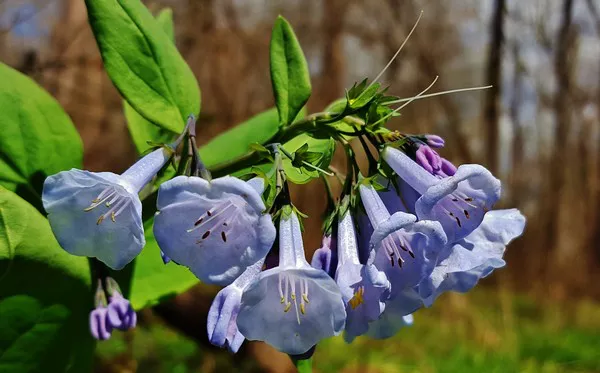Poppies, renowned for their vibrant and captivating blossoms, are a symbol of beauty and resilience in the botanical world. As the bloom of these stunning flowers comes to an end, gardeners and enthusiasts are presented with a crucial juncture: how to effectively care for poppies post-flowering to ensure their health, encourage reseeding, and maintain the overall aesthetic appeal of the garden. In this comprehensive guide, we delve into the essential steps when managing poppies after flowering.
1. Understanding the Flowering Cycle
Before delving into post-flowering care, it’s vital to comprehend the life cycle of poppies. Poppies are annual, biennial, or perennial plants, each with distinct flowering patterns. Annual poppies complete their life cycle within a year, while biennials and perennials continue to grow in successive years. This understanding forms the basis for effective care.
2. Deadheading: Promoting Aesthetic and Reproductive Success
Deadheading – the removal of spent flowers – serves multiple purposes. Not only does it enhance the visual appeal of the garden by preventing the formation of unsightly seed pods, but it also redirects the plant’s energy from seed production towards root and foliage development. Moreover, deadheading can stimulate poppies to produce a second flush of blooms. This practice is particularly effective with annual varieties.
3. Seed Collection and Storage
Seed collection is a crucial aspect of post-flowering care, especially for those who wish to encourage the reseeding of poppies. Allow the seed pods to mature and turn brown on the plant before harvesting. Once harvested, store the seeds in a cool, dry place in labeled envelopes. Properly stored poppy seeds can remain viable for several years.
4. Reseeding Strategies for Annuals and Perennials
Reseeding is essential for maintaining the poppy population in the garden. Annual poppies can often reseed themselves naturally, as their life cycle is short. However, with perennials and biennials, reseeding may require some assistance. Allow a portion of the seed pods to mature and disperse naturally, while you can collect and strategically sow the rest to ensure controlled distribution.
5. Fertilization and Soil Enrichment
Fertilization plays a crucial role in ensuring the health and vigor of poppies after flowering. Use a balanced, slow-release fertilizer to avoid excessive vegetative growth at the expense of blooms. Nitrogen-rich fertilizers should be avoided as they tend to promote foliage growth over flower production. Additionally, consider enriching the soil with compost or well-rotted manure to improve its texture and nutrient content.
6. Division and Transplantation
For perennial poppy varieties that have become overcrowded or are outgrowing their allocated space, division and transplantation are effective techniques. Divide mature plants in early spring or late summer, ensuring that each division has healthy roots and shoots. Transplant the divisions to new locations where they have ample space to thrive.
7. Pest and Disease Management
Post-flowering care should also include vigilant pest and disease management. Keep an eye out for common pests such as aphids, slugs, and snails, which can damage the foliage and inhibit growth. Additionally, watch for signs of fungal diseases, such as powdery mildew or downy mildew. Promptly address these issues with appropriate treatments to prevent their spread.
8. Mulching for Winter Protection
As the growing season comes to a close, it’s important to prepare poppies for the upcoming winter months. Mulching is an effective technique to protect the plants from extreme cold and temperature fluctuations. Apply a layer of organic mulch, such as straw or wood chips, around the base of the plants. This helps to insulate the soil and conserve moisture while preventing frost heaving.
9. Reflecting on Garden Design and Plant Placement
Post-flowering is an opportune time to reflect on the garden design and plant placement. Assess whether the current arrangement complements the overall aesthetics and meets the growth requirements of the poppies. Make any necessary adjustments to optimize sunlight exposure, spacing, and visual appeal.
10. Exploring Varieties and Cultivars
As you tend to your poppies after flowering, take the opportunity to explore new varieties and cultivars that may enhance the diversity and charm of your garden. Whether it’s the iconic red corn poppy (Papaver rhoeas) or the delicate Iceland poppy (Papaver nudicaule), researching and incorporating different types of poppies can add a dynamic and captivating element to your landscape.
Conclusion
The conclusion of the flowering period marks a pivotal moment in the care and cultivation of poppies. By understanding the unique characteristics of different poppy types and employing best practices, gardeners can ensure the longevity, vitality, and enchanting beauty of these remarkable plants. From deadheading and reseeding to soil enrichment and pest management, the steps outlined in this guide serve as a comprehensive roadmap for managing poppies after flowering. Embrace these practices, and your garden will continue to flourish with the vibrant colors and delicate grace that poppies bring year after year.


